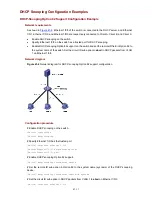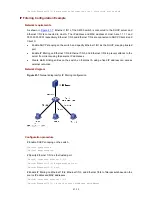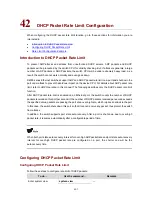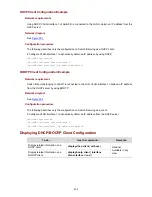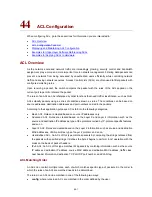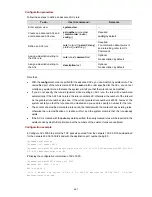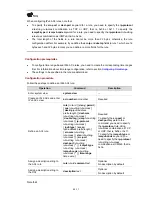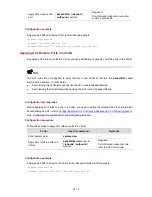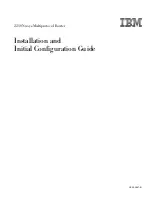
44
ACL Configuration
Wh n configuring ACL, go to these
e
sections for information you are interested in:
z
ACL Overview
z
ACL Configuration Task List
z
Displaying and Maintaining ACL Configuration
Examples for Upper-layer Software Referencing ACLs
z
s to Hardware
z
Examples for Applying ACL
ACL
ng accessed by unauthorized users efficiently while controlling network
QoS.
ons can be based on
sour
ackets.
z
z
CL. Rules are created based on the Layer 3 and Layer 4 information such as the
z
matches packets by comparing the strings retrieved from
z
uch as the source
IP address, destination IP address, source MAC address, destination MAC address, traffic class,
rmation, destination TCP or UDP port number, and VLAN tag.
ACL
pe of packets. So the order in
c
z
Overview
As the network scale and network traffic are increasingly growing, security control and bandwidth
assignment play a more and more important role in network management. Filtering data packets can
prevent a network from bei
traffic and saving network resources. Access Control Lists (ACLs) are often used to filter packets with
configured matching rules.
Upon receiving a packet, the switch compares the packet with the rules of the ACL applied on the
current port to permit or discard the packet.
The rules of an ACL can be referenced by other functions that need traffic classification, such as
ACLs classify packets using a series of conditions known as rules. The conditi
ce addresses, destination addresses and port numbers carried in the p
According to their application purposes, ACLs fall into the following categories.
Basic ACL. Rules are created based on source IP addresses only.
Advanced A
source and destination IP addresses, type of the protocols carried by IP, protocol-specific features,
and so on.
z
Layer 2 ACL. Rules are created based on the Layer 2 information such as source and destination
MAC addresses, VLAN priorities, type of Layer 2 protocol, and so on.
User-defined ACL. An ACL of this type
the packets with specified strings. It defines the byte it begins to perform “and” operation with the
mask on the basis of packet headers.
IPv6 ACL: An ACL of this type matches IPv6 packets by matching information s
next header info
Matching Order
An ACL can contain multiple rules, each of which matches specific ty
whi h the rules of an ACL are matched needs to be determined.
The rules in an ACL can be matched in one of the following two ways:
config
: where rules in an ACL are matched in the order defined by the user.
44-1






